I am trying to use a custom UIViewController in a SwiftUI view. I set up a UIViewControllerRepresentable class which creates the UIViewController in the makeUIViewController method. This creates the UIViewController and displays the button, however, the UIViewControllerRepresentable does not take up any space.
I tried using a UIImagePickerController instead of my custom controller, and that sizes correctly. The only way I got my controller to take up space was by setting a fixed frame on the UIViewControllerRepresentable in my SwiftUI view, which I absolutely don't want to do.
Note: I do need to use a UIViewController because I am trying to implement a UIMenuController in SwiftUI. I got all of it to work besides this problem I am having with it not sizing correctly.
Here is my code:
struct ViewControllerRepresentable: UIViewControllerRepresentable {
func makeUIViewController(context: Context) -> MenuViewController {
let controller = MenuViewController()
return controller
}
func updateUIViewController(_ uiViewController: MenuViewController, context: Context) {
}
}
class MenuViewController: UIViewController {
override func viewDidLoad() {
let button = UIButton()
button.setTitle("Test button", for: .normal)
button.setTitleColor(.red, for: .normal)
self.view.addSubview(button)
button.translatesAutoresizingMaskIntoConstraints = false
button.leadingAnchor.constraint(equalTo: self.view.leadingAnchor).isActive = true
button.trailingAnchor.constraint(equalTo: self.view.trailingAnchor).isActive = true
button.topAnchor.constraint(equalTo: self.view.topAnchor).isActive = true
button.bottomAnchor.constraint(equalTo: self.view.bottomAnchor).isActive = true
}
}
My SwiftUI view:
struct ClientView: View {
var body: some View {
VStack(spacing: 0) {
EntityViewItem(copyValue: "copy value", label: {
Text("Name")
}, content: {
Text("Random name")
})
.border(Color.green)
ViewControllerRepresentable()
.border(Color.red)
EntityViewItem(copyValue: "copy value", label: {
Text("Route")
}, content: {
HStack(alignment: .center) {
Text("Random route name")
}
})
.border(Color.blue)
}
}
}
Screenshot:
I do not have much experience with UIKit - my only experience is writing UIKit views to use in SwiftUI. The problem could very possibly be related to my lack of UIKit knowledge.
Thanks in advance!
Edit:
Here is the code for EntityViewItem. I will also provide the container view that ClientView is in - EntityView.
I also cleaned up the rest of the code and replaced references to Entity with hardcoded values.
struct EntityViewItem<Label: View, Content: View>: View {
var copyValue: String
var label: Label
var content: Content
var action: (() -> Void)?
init(copyValue: String, @ViewBuilder label: () -> Label, @ViewBuilder content: () -> Content, action: (() -> Void)? = nil) {
self.copyValue = copyValue
self.label = label()
self.content = content()
self.action = action
}
var body: some View {
VStack(alignment: .leading, spacing: 2) {
label
.opacity(0.6)
content
.onTapGesture {
guard let unwrappedAction = action else {
return
}
unwrappedAction()
}
.contextMenu {
Button(action: {
UIPasteboard.general.string = copyValue
}) {
Text("Copy to clipboard")
Image(systemName: "doc.on.doc")
}
}
}
.padding([.top, .leading, .trailing])
.frame(maxWidth: .infinity, alignment: .leading)
}
}
The container of ClientView:
struct EntityView: View {
let headerHeight: CGFloat = 56
var body: some View {
ZStack {
ScrollView(showsIndicators: false) {
VStack(spacing: 0) {
Color.clear.frame(
height: headerHeight
)
ClientView()
}
}
VStack(spacing: 0) {
HStack {
Button(action: {
}, label: {
Text("Back")
})
Spacer()
Text("An entity name")
.lineLimit(1)
.minimumScaleFactor(0.5)
Spacer()
Color.clear
.frame(width: 24, height: 0)
}
.frame(height: headerHeight)
.padding(.leading)
.padding(.trailing)
.background(
Color.white
.ignoresSafeArea()
.opacity(0.95)
)
Spacer()
}
}
}
}

